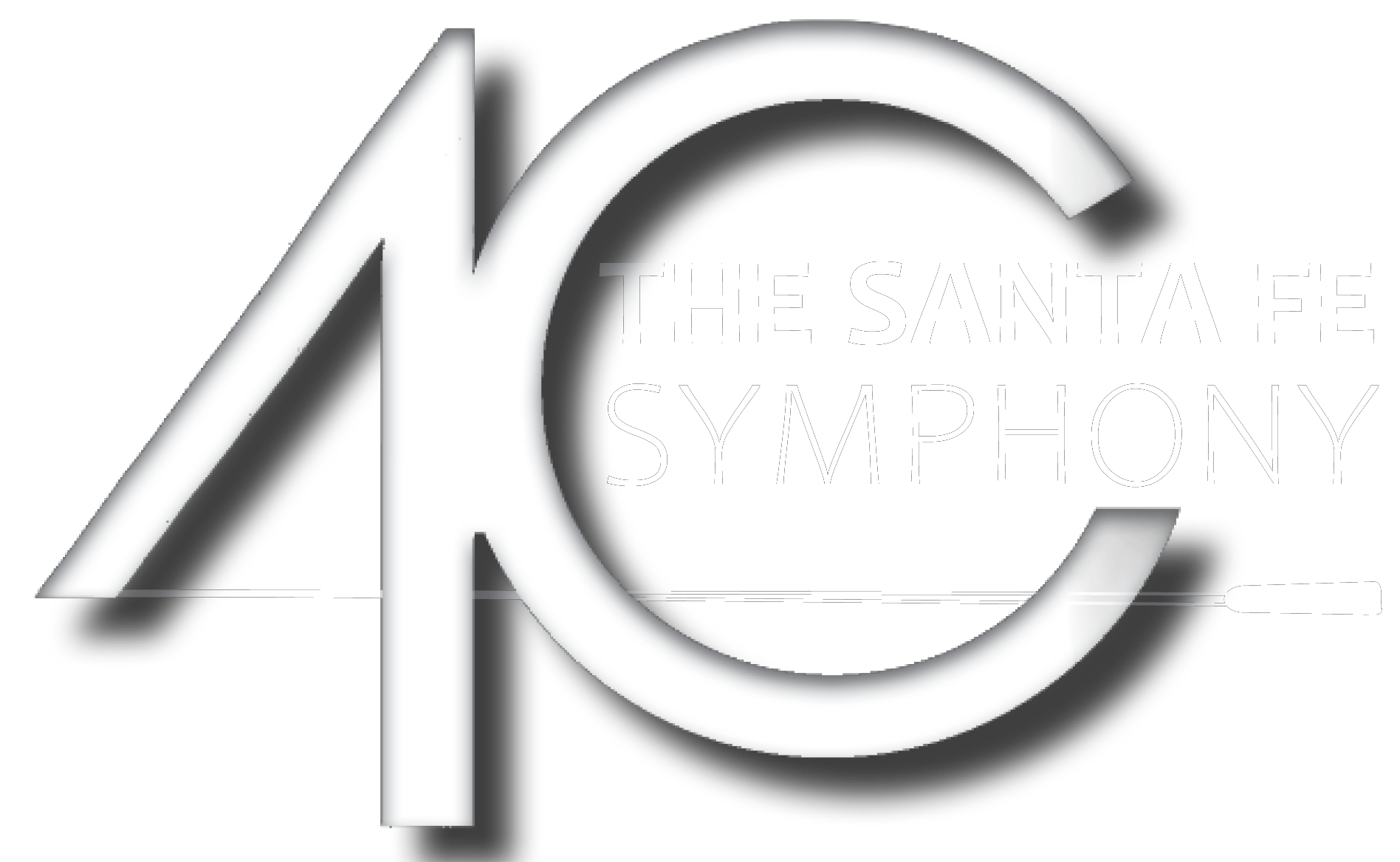Program Notes—SFS Strata I: Enchanté
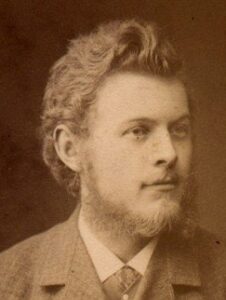
KARL EDUARD GOEPFART
Born 1859, Monchenholzhausen bei Erfurt
Died 1942, Weimar
Wind Quartet in D Minor, op. 93
Allegro risoluto
Scherzo: Vivace
Fuga: Allegro vivace, con brio
Almost unknown today, Karl Eduard Geopfart had a remarkable career across his long life. Trained by his father, a cantor, Goepfart studied piano with Franz Liszt for two years in Weimar. He toured the United States as a pianist at age 14 and then spent 1875-76 as a conductor in Baltimore at age 16. Returning to Germany, he did his military service as a band member and spent the remainder of his career as a choral conductor; he finally settled in Potsdam. Goepfart composed two operas, chamber music (much of it for wind instruments), and a number of choral settings.
Goepfart composed his Wind Quartet in D Minor in 1907, scoring it for the standard wind quintet minus the French horn. This is a charming piece, beautifully written for all four instruments. Goepfart marks the first movement Allegro risoluto (“resolute”), but the music is not nearly as aggressive as that marking might suggest. It opens with an infectious, almost perky, main theme, and this spins off subordinate ideas. A second theme group, marked Leicht und zart (“happy and tender”), provides nice relief, and Goepfart builds an extended sonata-form movement on these two ideas.
The middle movement is a very brief scherzo. Its opening goes like a rocket—Goepfart stresses that he wants the playing here to be Staccatissimo—and he provides a gently swinging trio section; the movement comes to a very nice conclusion. The finale bursts to life as a fugue based on an angular subject, but a calmer second idea arrives quickly, and the movement alternates the fugue and the more lyric second theme. After all this energy, the work closes very gently in D major.
—Program Note by Eric Bromberger
 JENNI BRANDON
JENNI BRANDON
Born 1977
Sequoia for Reed Trio
Each of the six movements of The Sequoia Trio takes a quote about sequoia trees from John Muir’s book The Yosemite and uses it to inspire the music. I had returned from a trip to Sequoia National Park in July of 2008 and was inspired by the great trees. I knew that these would be the basis for the new work, and in searching for a voice of these great trees, I turned to the words of John Muir for inspiration.
The opening waving pattern, The Big Tree, creates the gentle breeze as the growth of the tree starts in the bassoon, moving through the clarinet and carried all the way to the top of the tree through the oboe. Movement two is sassy and jazzy, describing the kind of resilient attitude that young trees must maintain in order to survive. The Three Graces plays on the idea of the three instruments in the ensemble and Muir’s own reference to Greek mythology. Finally, in The Noble Trees, the instruments play a hymn-like tribute to the largest living things on earth. The two Tree Interludes (between the first and second movements and the third and fourth movements) represent the individual voice of a tree and its story.
—Program Note by Jenni Brandon
JACQUES IBERT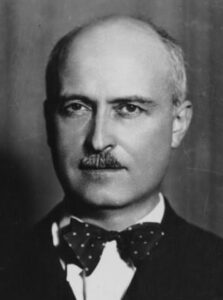
Born 1890, Paris
Died 1962, Paris
Two Movements for Wind Quartet
Allant
Assez vif et rhythmé
An affinity for wind instruments appears to be imprinted on the DNA of French musicians. When Francis Poulenc spoke rapturously of “the wind instruments I have loved from the moment I began composing,” he might have been speaking for the national musical consciousness. France has also produced some of the finest wind players in history, and French composers seem to delight in writing for them. This was particularly true of Jacques Ibert, who wrote for wind instruments across the span of his career: Among his varied compositions are a Flute Concerto, a Woodwind Quintet, and numerous short pieces for clarinet, flute, oboe, trumpet, and many combinations of winds.
As a young man, Ibert won the Prix de Rome, the most significant honor possible for a French composer, but his stay in Rome was blocked by World War I, during which he served as a naval officer. When the war ended, Ibert was at last free to study in Rome, and it was there that he completed his Two Movements for Wind Quartet in February 1922. The scoring is curious; Ibert originally scored the work for two flutes, clarinet, and bassoon, but he specified that one of the flute parts could be played on the oboe. The work is very brief, spanning only seven minutes.
The first movement has the unusual marking Allant, which translates as “busy” or “buoyant.” The music opens on a series of terraced trills over which the flute quickly announces what will be the main theme of the movement, a soaring and rhythmically supple melody that Ibert marks joyeux. Much of the writing here is quite chromatic and gives the impression of a great deal of rhythmic freedom (which has to be conveyed, of course, with some very accurate playing). Ibert is very liberal in his performance markings in this movement, asking that the playing be in turn calme, doux (“gentle”), pompeux (“pompous”), and enjoué (“playful”).
The very brief, and very energetic, second movement rushes along a series of galloping triplets. These eventually give way to a gentle waltz, and this in turn evolves into a slinky foxtrot before the bassoon gets the last word.
—Program Note by Eric Bromberger
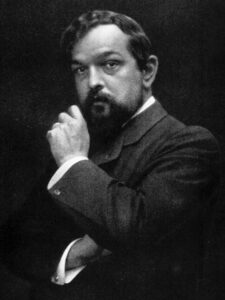
CLAUDE DEBUSSY
Born 1862, Saint-Germain-en-Laye
Died 1918, Paris
Syrinx
Debussy’s reputation was established by an early work that prominently displayed the flute, but the popularity of Prelude à l’après midi d’un faune has overshadowed the fact that one of his last—and most individual—works also features the flute.
In 1913, poet and playwright Gabriel Mourey approached Debussy about composing music for his three-act dramatic poem Psyché, which was to be presented in a private home that fall; the poem would include an account of the death of Pan, god of forest, fields, and herds. In mythology, Pan had pursued a nymph named Syrinx, who fled his advances; when capture was imminent, she prayed to be turned into a reed, and from this reed Pan cut the pipes on which he played. Debussy resisted at first, finally agreeing to furnish only an offstage flute solo that would depict the last melody Pan played before his death.
As he so often did, Debussy put off composition until the last minute and then had to scramble to get the music done; late in November 1913, he wrote to Mourey to complain that this piece “in truth … is a devil!” Debussy did get it done in time for the first performance of the poem, but the music itself was not published until 1927, long after his death. Debussy had called the work La flûte de Pan, but the publisher gave it the name Syrinx. Certain critics have taken pains to try to show that this very brief piece (only 35 measures) bears some relationship to sonata form. A far better approach is simply to listen to Syrinx as the sad and evocative song of the god Pan as he plays one final time on his pipes. The music is metrically quite free: Debussy originally wrote it without bar lines, leaving it to the individual artist to supply the phrasing and rubato that help bring the music to expressive life. (Bar lines were added when the music was published, however.) Debussy keeps much of Syrinx in the flute’s languorous lower register; rather than sounding silvery or brilliant, the music glows softly and sadly.
—Program Note by Eric Bromberger
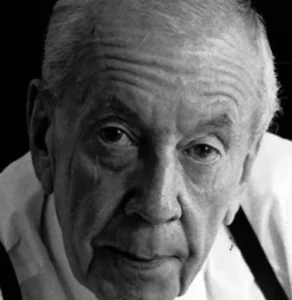 SIR MALCOLM ARNOLD
SIR MALCOLM ARNOLD
Born 1921, Northampton, England
Died 2006, Norwich, England
Divertimento for Flute, Oboe, and Clarinet
Although he studied violin and piano as a boy, Malcolm Arnold found himself as a musician when he took up the trumpet. He joined the BBC Symphony Orchestra at 21 and became principal trumpet of the London Philharmonic at 24, but he left performance at age 27 to devote himself to composition. He composed prolifically in many different genres, and his work includes nine symphonies and numerous concertos, as well as choral and chamber music. Arnold has been much-honored: he was named a Commander of the British Empire in 1970 and knighted in 1993. While his “classical” music is frequently performed and recorded, Arnold found a wider audience as a composer of film scores. He wrote the music for 120 movies, and American audiences may know him best as composer of the music for the 1957 film Bridge on the River Kwai.
Arnold composed the Divertimento in 1952, and he did it for the best possible reasons: He wrote it as a gift for three friends so that they would have something to play together, and in a larger sense it has become a gift to wind players everywhere. The piece (suggesting music whose purpose is diversion) is in six movements that span that a total of nine minutes, so it is a collection of miniatures. Like Mozart’s divertimentos, these are set in contrasting speeds and moods that are meant to be fun to hear and fun to play.
The Allegro energico is built on its powerful, syncopated main theme, while the Languido (longest of the movements) is built on falling melodic lines. The Vivace, shortest of the movements, whips past in a matter of seconds. The beautiful Andantino features a haunting oboe solo, while the Maestoso opens with a series of fanfares that quickly go a little wild. We expect such a work to end with a brilliant fast movement, but Arnold surprises us with the concluding Piacevole. That title means “relaxed, agreeable,” and the movement is aptly named.
—Program note by Eric Bromberger
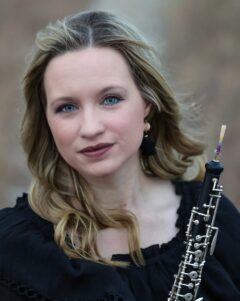
ALYSSA MORRIS
Born 1984
Motion for Wind Quartet
This quartet for flute, oboe, clarinet, and bassoon is a four-movement work, 15 minutes in length, that focuses on four different “motions.” The movements include: Bike Ride, Stretch, Tip Toe, and Strut. The work was commissioned by Arizona State University’s faculty woodwind quartet and premiered in 2010.
Alyssa is Assistant Professor of Oboe and Music Theory at Kansas State University and Principal Oboist at the Topeka Symphony Orchestra and Wichita Grand Opera. She is the Co-Founder of the Aglow Trio with flutist Karen Large and pianist Amanda Arrington.
—Program Note by Alyssa Morris

